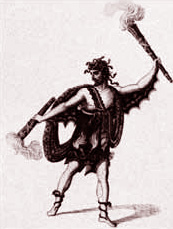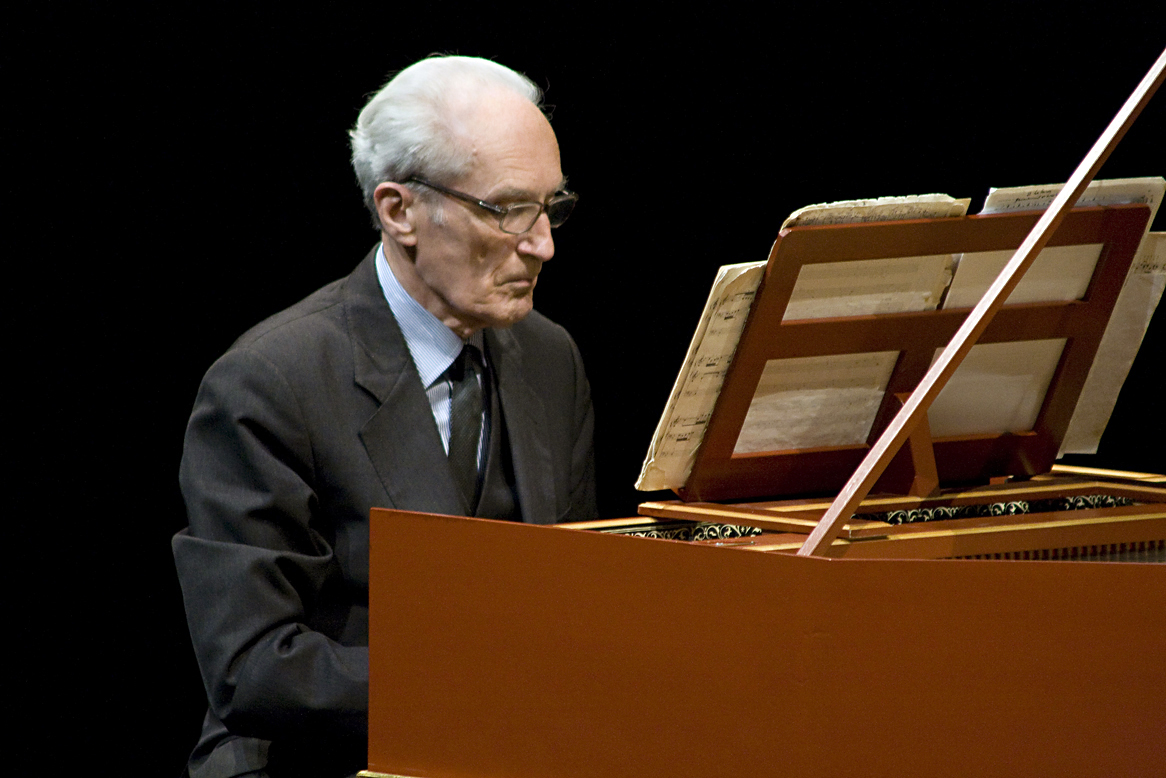|
Le Jugement De Midas
''Le Jugement de Midas'' (''The Judgement of Midas'') is a French ''comédie mêlée d'ariettes'' (a kind of ''opéra comique''), in three acts by André Grétry dedicated to Madame de Montesson. It was first performed, with amateur singers, on 28 March 1778 in the private little theatre set up by Madame de Montesson in the apartments of her secret husband Louis Philippe, Duke of Orléans at the Palais-Royal in Paris. The libretto is by the Irish playwright Thomas Hales (also known by the French name Thomas d'Hèle) with additional contributions by Louis Anseaume. It was based on the burlesque opera ''Midas'' (1760) by Kane O'Hara. The public premiere at the Comédie-Italienne took place on 27 June 1778.Charlton, p. 153 and public premiere libretto. Roles The original amateur cast of the private premiere at Madame de Montesson's is not known. Synopsis Act 1 The overture depicts a storm during which Jupiter hurls Apollo from heaven as punishment for mocking him. Apollo disguises ... [...More Info...] [...Related Items...] OR: [Wikipedia] [Google] [Baidu] |
Baritenor
Baritenor (also rendered in English language sources as bari-tenor or baritenore) is a portmanteau (blend) of the words "baritone" and "tenor." It is used to describe both baritone and tenor voices. In ''Webster's Third New International Dictionary'' it is defined as "a baritone singing voice with virtually a tenor range." However, the term was defined in several late 19th century and early 20th century music dictionaries, such as ''The American History and Encyclopedia of Music'', as "a low tenor voice, almost barytone sic.html"_;"title="'sic">'sic''" _In_opera Baritenor_(or_its_Italian_language.html" "title="sic">'sic''.html" ;"title="sic.html" ;"title="'sic">'sic''">sic.html" ;"title="'sic">'sic''" In opera Baritenor (or its Italian language">Italian form, ''baritenore'') is still used today to describe a type of tenor voice which came to particular prominence in Rossini's operas. It is characterized by a dark, weighty lower octave and a ringing upper one but with sufficient ... [...More Info...] [...Related Items...] OR: [Wikipedia] [Google] [Baidu] |
French-language Operas
French opera is one of Europe's most important operatic traditions, containing works by composers of the stature of Rameau, Berlioz, Gounod, Bizet, Massenet, Debussy, Ravel, Poulenc and Messiaen. Many foreign-born composers have played a part in the French tradition as well, including Lully, Gluck, Salieri, Cherubini, Spontini, Meyerbeer, Rossini, Donizetti, Verdi and Offenbach. French opera began at the court of Louis XIV of France with Jean-Baptiste Lully's ''Cadmus et Hermione'' (1673), although there had been various experiments with the form before that, most notably '' Pomone'' by Robert Cambert. Lully and his librettist Quinault created ''tragédie en musique'', a form in which dance music and choral writing were particularly prominent. Lully's most important successor was Rameau. After Rameau's death, the German Gluck was persuaded to produce six operas for the Paris, Parisian stage in the 1770s. They show the influence of Rameau, but simplified and with greater foc ... [...More Info...] [...Related Items...] OR: [Wikipedia] [Google] [Baidu] |
Stanley Sadie
Stanley John Sadie (; 30 October 1930 – 21 March 2005) was an influential and prolific British musicologist, music critic, and editor. He was editor of the sixth edition of the '' Grove Dictionary of Music and Musicians'' (1980), which was published as the first edition of ''The New Grove Dictionary of Music and Musicians''. Along with Thurston Dart, Nigel Fortune and Oliver Neighbour he was one of Britain's leading musicologists of the post-World War II generation. Career Born in Wembley, Sadie was educated at St Paul's School, London, and studied music privately for three years with Bernard Stevens. At Gonville and Caius College, Cambridge he read music under Thurston Dart. Sadie earned Bachelor of Arts and Bachelor of Music degrees in 1953, a Master of Arts degree in 1957, and a PhD in 1958. His doctoral dissertation was on mid-eighteenth-century British chamber music. After Cambridge, he taught at Trinity College of Music, London (1957–1965). Sadie then turned to musi ... [...More Info...] [...Related Items...] OR: [Wikipedia] [Google] [Baidu] |
New Grove Dictionary Of Opera
''The New Grove Dictionary of Opera'' is an encyclopedia of opera, considered to be one of the best general reference sources on the subject. It is the largest work on opera in English, and in its printed form, amounts to 5,448 pages in four volumes. First published in 1992 by Macmillan Reference, London, it was edited by Stanley Sadie with contributions from over 1,300 scholars. There are 11,000 articles in total, covering over 2,900 composers and 1800 operas. Appendices including an index of role names and an index of incipits of arias, ensembles, and opera pieces. The dictionary is available online, together with ''The New Grove Dictionary of Music and Musicians''. References *William Salaman, "Review: The New Grove Dictionary of Opera", ''British Journal of Music Education'' (1999), 16: 97-110 Cambridge University Pres*John Simon, "Review: The New Grove Dictionary of Opera, 4 vols.", ''National Review'', April 26, 199* * *Charles Rosen, "Review: The New Grove Dictionary of O ... [...More Info...] [...Related Items...] OR: [Wikipedia] [Google] [Baidu] |
Gustav Leonhardt
Gustav Maria Leonhardt (30 May 1928 – 16 January 2012) was a Dutch keyboardist, conductor, musicologist, teacher and editor. He was a leading figure in the historically informed performance movement to perform music on period instruments. Leonhardt professionally played many instruments, including the harpsichord, pipe organ, claviorganum (a combination of harpsichord and organ), clavichord, fortepiano and piano. He also conducted orchestras and choruses. Biography Gustav Leonhardt was born in 's-Graveland, near Hilversum, and studied organ and harpsichord from 1947 to 1950 with Eduard Müller at the Schola Cantorum Basiliensis in Basel. In 1950, he made his debut as a harpsichordist in Vienna, where he studied musicology. He was professor of harpsichord at the Academy of Music from 1952 to 1955 and at the Amsterdam Conservatory from 1954. He was also a church organist. Career Leonhardt performed and conducted a variety of solo, chamber, orchestral, operatic, and choral ... [...More Info...] [...Related Items...] OR: [Wikipedia] [Google] [Baidu] |
La Petite Bande
La Petite Bande is a Belgium-based ensemble specialising in music of the Baroque and Classical eras played on period instruments. They are particularly known for their recordings of works by Corelli, Rameau, Handel, Bach, Haydn, and Mozart. History The ensemble was brought together in 1972 by Sigiswald Kuijken, originally for the one-off purpose of recording Lully's comédie-ballet, ''Le Bourgeois gentilhomme'', conducted by Gustav Leonhardt for the Deutsche Harmonia Mundi label. The ensemble was given its name from Lully's '' Petite Bande des Violons du Roi'', an orchestra of 21 string players at the court of Louis XIV. The nucleus of the original group was the Leonhardt Consort along with Sigiswald Kuijken and his brothers Wieland and Barthold. Following the recording, the group continued to give concerts throughout Europe and became a permanent ensemble based in Leuven with Kuijken as director. Their initial repertoire concentrated on French Baroque music, but soon bra ... [...More Info...] [...Related Items...] OR: [Wikipedia] [Google] [Baidu] |
Parnassus
Mount Parnassus (; el, Παρνασσός, ''Parnassós'') is a mountain range of central Greece that is and historically has been especially valuable to the Greek nation and the earlier Greek city-states for many reasons. In peace, it offers scenic views of the countryside, being a major international recreational site, with views of montane landscapes. Economically its rolling foothills and valleys host extensive groves of olive, a cash crop marketed world-wide since prehistory. The mountain is also the location of historical, archaeological, and other cultural sites, such as Delphi perched on the southern slopes of the mountain in a rift valley north of the Gulf of Corinth. Parnassus is laced with trails for hiking in the three warm seasons. In the winter the entire range is open to skiing, especially from the resorts of Arachova. Its melting snows are a source of municipal water to the surrounding communities. The mountain is composed of limestone, but also contains bauxit ... [...More Info...] [...Related Items...] OR: [Wikipedia] [Google] [Baidu] |
Antoine Trial
Antoine Trial (13 October 1737, Avignon – 5 February 1795, Paris) was a French singer and actor. He was the younger brother of the musician Jean-Claude Trial (1732–1771) and husband of soprano Marie-Jeanne Milon, stage name Félicité Mandeville (1746–1818). After an education at the cathedral in Avignon, he followed his older brother to Paris in 1764 and joined the troupe of the Prince of Conti. On 4 July the same year, he made his debut at the Comédie-Italienne as Bastien in ''Le Sorcier'' by Philidor. On 12 December he sang the second tenor (a comic role) at Versailles in the court revival of Mondonville's ''Daphnis et Alcimadure'', alongside the former stars of the Académie Royale de Musique, Marie Fel and Pierre Jelyotte.Cf. 1764 court libretto, ''Daphnis et Alcimadure, Pastorale languedocienne, Représentée devant leurs Majestés à Versailles, le 12 Décembre 1764'', Paris, Ballard, 1764 (accessible for free online aGallica.bnf.fr Although considered an excell ... [...More Info...] [...Related Items...] OR: [Wikipedia] [Google] [Baidu] |
Académie Royale De Musique
The Paris Opera (, ) is the primary opera and ballet company of France. It was founded in 1669 by Louis XIV as the , and shortly thereafter was placed under the leadership of Jean-Baptiste Lully and officially renamed the , but continued to be known more simply as the . Classical ballet as it is known today arose within the Paris Opera as the Paris Opera Ballet and has remained an integral and important part of the company. Currently called the , it mainly produces operas at its modern 2,723-seat theatre Opéra Bastille which opened in 1989, and ballets and some classical operas at the older 1,979-seat Palais Garnier which opened in 1875. Small scale and contemporary works are also staged in the 500-seat Amphitheatre under the Opéra Bastille. The company's annual budget is in the order of 200 million euros, of which €100M come from the French state and €70M from box office receipts. With this money, the company runs the two houses and supports a large permanent staff, ... [...More Info...] [...Related Items...] OR: [Wikipedia] [Google] [Baidu] |




